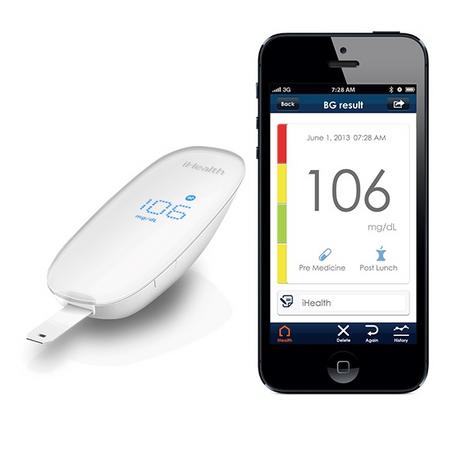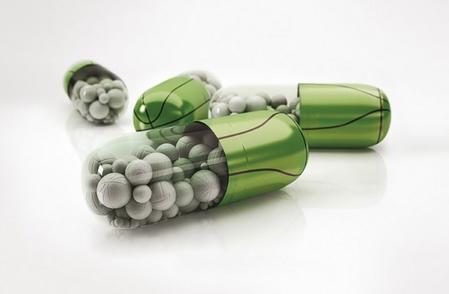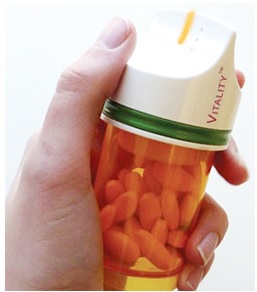IOT enabling Health Monitoring Device Designs
With growing awareness of health and wellness needs and the escalating cost of medical care across the world, the emphasis on new and advanced technologies like IoT for developing
Health Monitoring Device Designs for disease prevention, early diagnosis, and treatment in gaining prominence.
The Internet of Things is not just a futuristic vision of a better connected world; it is already here, giving healthcare providers an unprecedented level of technology inter-operability and flexibility with a variety of Health Monitoring Device Designs. IoT enabled Health and Wellness Device Designs can radically reduce costs and improve health with improvement of care. Advanced wireless sensors and connectivity technology allows devices to collect, record and analyze data at the click of a mouse (or a swipe of the finger). The automation involved in gathering data, reduce risk of error and time which can potentially be useful in saving lives. The application of IoT in Health Monitoring Device Designs can improve the access of care to people in remote locations or to those who are incapacitated to make frequent visits to the hospital. Health and Wellness Device Designs or Health Monitoring Device Designs enable the prompt diagnosis of medical conditions by measuring and analyzing a patient’s parameters. The treatment administered can also be improved by studying the effect of a therapy on the patients’ vitals.
Health and Wellness Device Designs

Source: ihealth.com: Glucometers – One among the many Health Monitoring Device Designs connected to a Mobile Application
One such concept is the Medical Body Area Network (MBAN) which refers to Health and Wellness Device Designs or Health Monitoring Device Designs that actively monitor the human body’s vital signs (e.g.: heartbeat, temperature and blood pressure) and communicates wirelessly with a single body central unit (BCU) using wireless protocols. The latest debuted iPhone6 from Apple includes a new Health Monitoring Device Designs and associated tool for developers called HealthKit. With such features, connected medical technology can now literally be at one’s finger tips. For the Health app, Apple is looking at integrating Emergency contact cards with information like blood type, food allergies etc. which will be accessible in emergency situations. Other features of these Health and Wellness Device Designs include monitoring everything from the user’s heart rate to his or her chronic conditions. These Health and Wellness Device Designs also provides connectivity to third party fitness devices and applications like Nike+ or Fitbit which has the ability to collect information like heart rate, footsteps and sleep activity.
The Internet of Things has been gaining a lot of interest among healthcare providers in India as well. A recent report from The Economic Times, mentions how leading hospitals in the country are now using IoT to improve the quality of healthcare they provide to their patients. Bangalore-based Manipal Hospital gives expecting mothers a wearable health monitoring devices which when paired with a mobile phone application gives real-time information on the fetal heart rate, expecting mother’s blood pressure and other relevant data to the hospital information system which can use automated tools to highlight any anomalies. These Health and Wellness Device Designs can also alert doctors who can immediately initiate further tests to check for potential critical conditions like HELLP Syndrome which is difficult to diagnose but which can lead to fatalities.
Health Monitoring Device Designs
There are many IoT enabled Health and Wellness Device Designs and Health Monitoring Device Designs which have already hit the market and which will be hitting the market soon. Examples are: infant monitors which send parents real-time data, wireless capsule endoscopy where the patient swallows a camera in a pill that moves through the GI tract taking pictures. Smart pill is a similar example which is an ingestible sensor that records various physiological measures. Novartis is partnering with Google to develop a type of contact lens which will help monitor the blood glucose level patients suffering from diabetes.

Source: Proteus Digital Health: Wearable and ingestible sensors used in Health Monitoring Device Designs work together to gather information about medication-taking, activity and rest patterns
In the US, Electronic based Health Monitoring has been given the go-ahead by the Federal Communications Commission (FCC). FCC allows the use of allotted frequencies for sensors to control devices wirelessly in the monitoring of health at hospitals and homes. Such Health and Wellness Devices allow doctors to inform their patients of critical conditions before they happen and subsequently improves the quality of healthcare.
Elderly, Home bound patients and differently abled people are bound to see the largest benefit from remote Health and Wellness Device Designs and assistive technology designs. There are several applications for health monitoring device designs that can help such people maintain their independent lifestyle – sensors on the person and throughout their home can help detect falls, wandering and even missed medication. Health Monitoring Device Designs like Emergency call pendants can allow them to call for help when needed. A ‘smart’ prescription bottle could alert the user if a scheduled medication has been forgotten.

Source: Vitalityglowcaps.com: Light and sound reminders on the pill bottle cap to signal the time for medications. Inside the cap, a chip monitors when the pill bottle is opened and wirelessly relays alerts.
The demand for high-tech Health Monitoring Device Designs and Health and Wellness Device Designs will continue to grow dramatically while also driving creative and powerful deployment of devices based on the Internet of Things. There are foreseeable issues with the use of IoT which include standardization, scalability and security, but these are minor issues when compared to the advantages connected technologies offer the healthcare segment.
*Published in EE Times India




